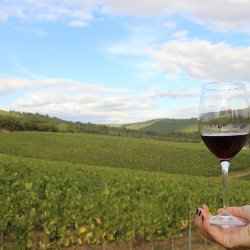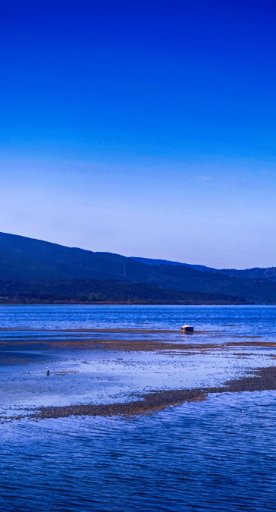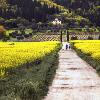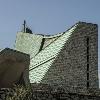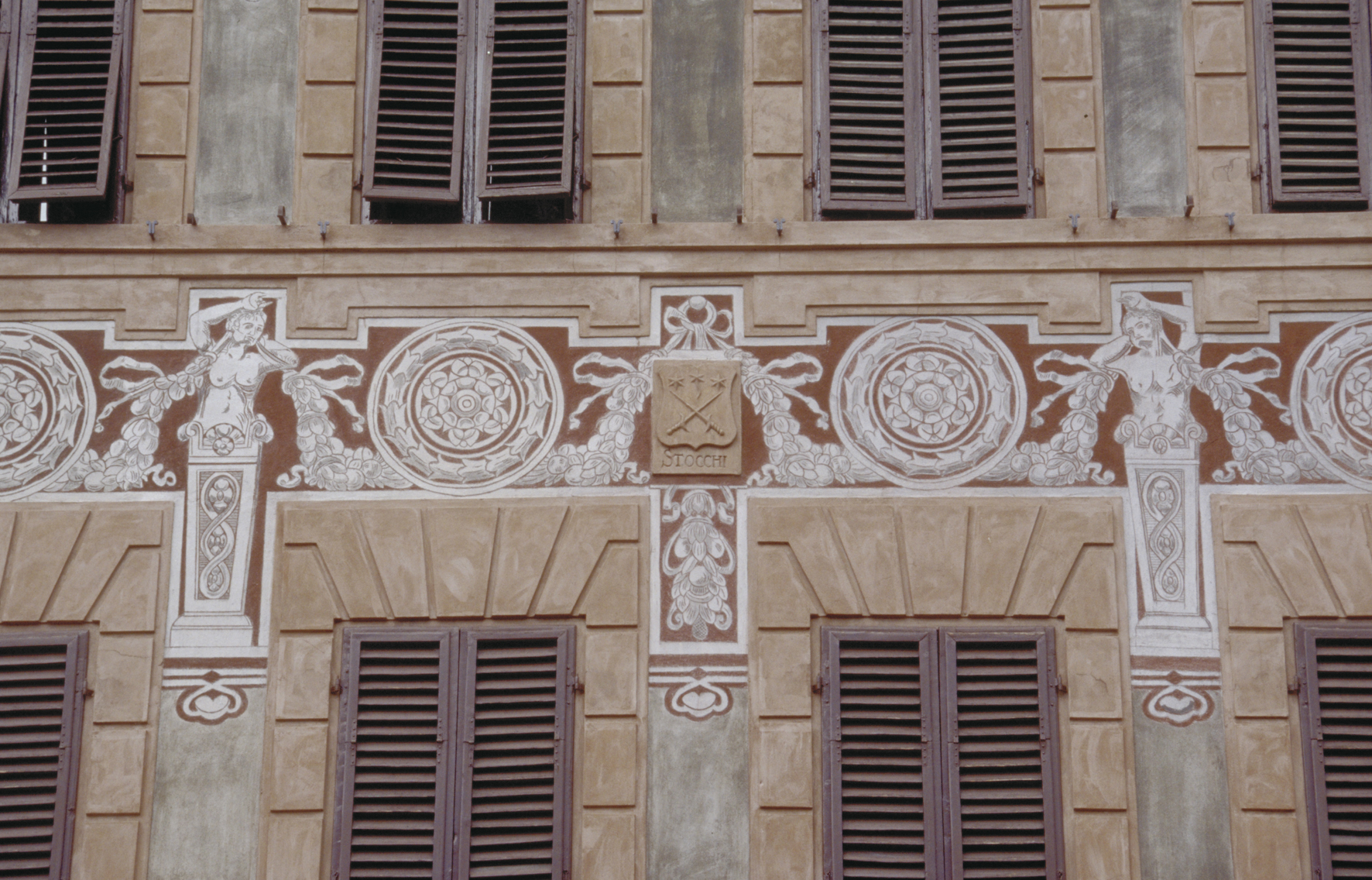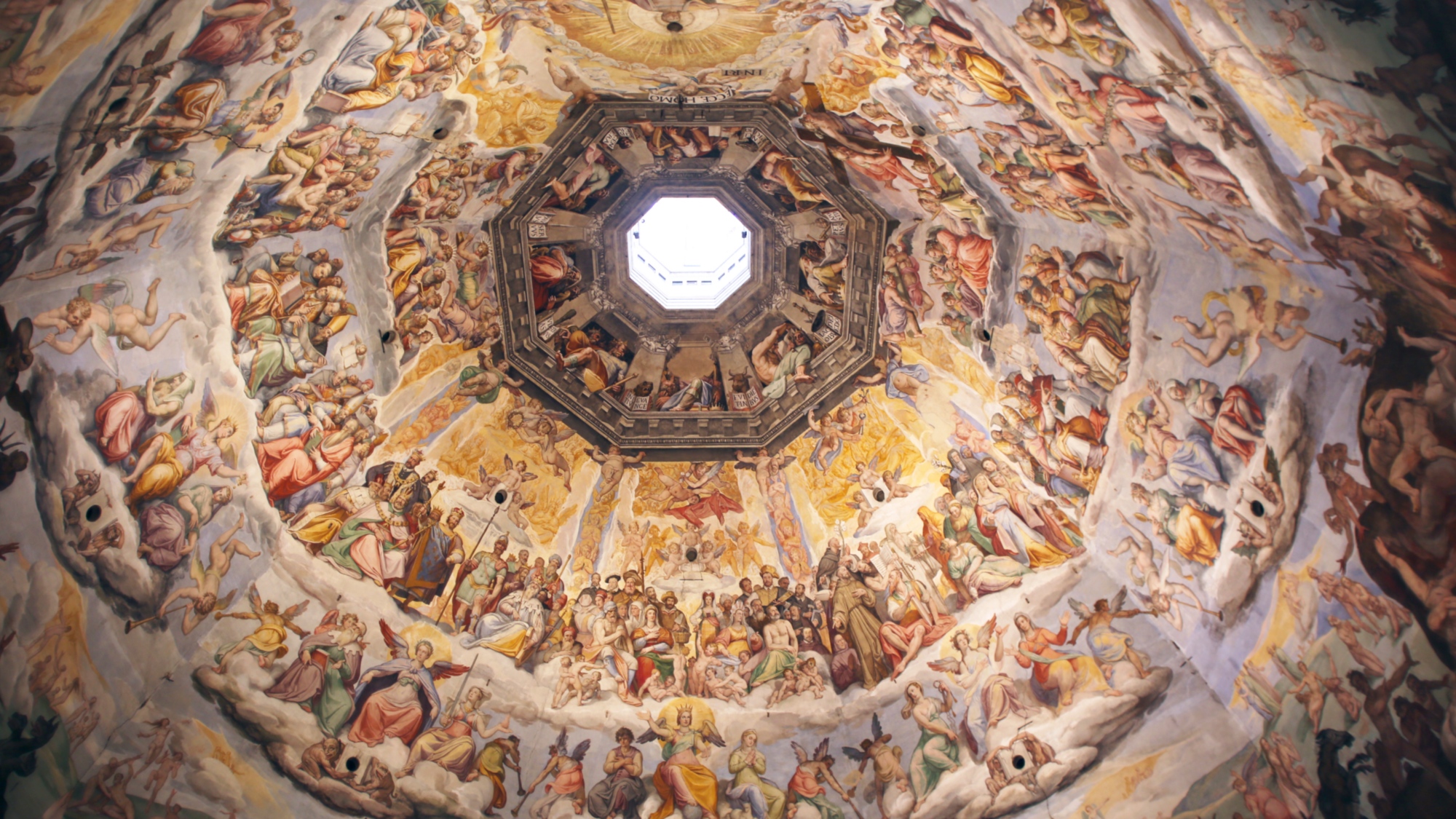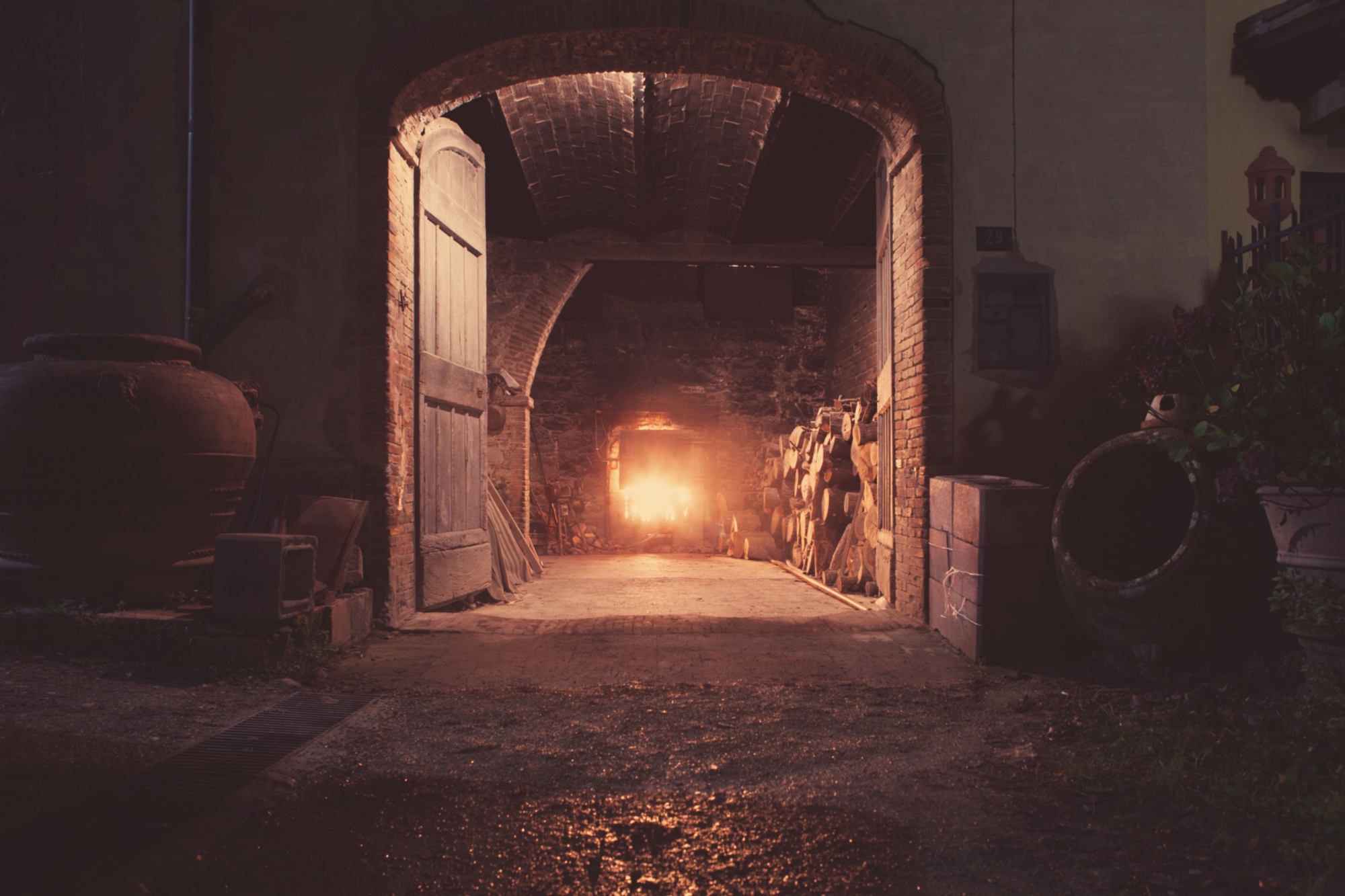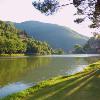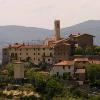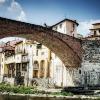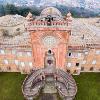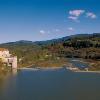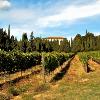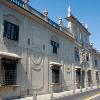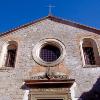Pontassieve is in the Florence and Florentine area and is an ideal place to visit the city, such as via the route known as the Renaissance Ring, a 172-kilometer road divided into 16 legs that surrounds Florence and offers the chance to explore the city's surroundings, on foot or by bike. The village is also located along the Via Romea which runs from Florence to Arezzo.
Other than this, in Pontassieve’s wider area are many other accessible trails that head towards the Valdisieve, dotted with beautiful farmhouses surrounded by vineyards. The path leading from Santa Brigida to Pontassieve, a distance of just over 13 kilometers, is one of the most breathtaking.
Among the main attractions worth visiting, head for the stunning Poggio Ripaghera nature reserve, which extends above Santa Brigida. The reserve is interesting for its plant species and wild fauna, in addition to boasting an array of old man-made relics, in particular several “burraie”. These old stone structures, close to farmsteads and springs, were once used (as the name suggests) to make butter.
The Fluviale Park runs along the river.
As well as its natural highlights, the Pontassieve area is home to several architectural jewels, including the Monte Rotondo castle ruins, the Church of San Martino a Lubaco, Colonne tower house and, in particular, the Sanctuary of Madonna del Sasso, which is perched on a scenic terrace whose beautiful views range across the entire surrounding valleys.






